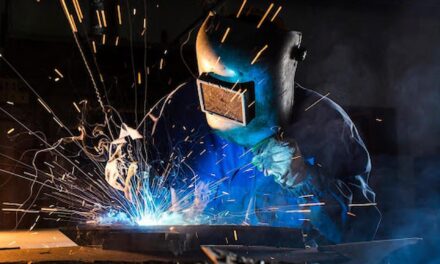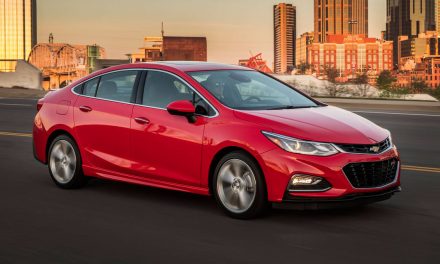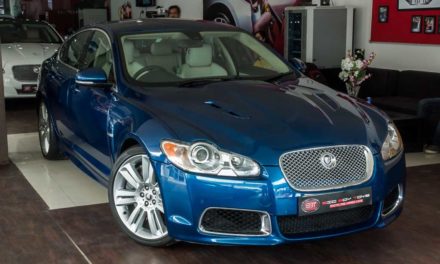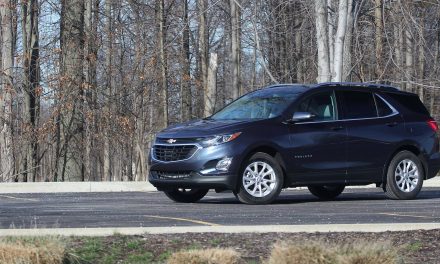
Difference Between Anti-Lock And Power Brakes

For people who have a keen interest in automobile, will know, how much the change the automotive industry has seen in their long journey. The mechanisms have always leaned more towards automated systems than depending upon human inputs. Basically it was to reduce the manual tasks, so that the act of driving doesn’t become stressful.
We a small group of car enthusiasts once got an opportunity to learn about this evolution of car mechanisms at the Ford dealer San Diego. There we came to know that among many other changes and improvements, one of the most dynamic moves, was the invention of power brakes that became the most preferred feature on the mass produced vehicles. The trend took no time in making itself to be one of the standardized features on the newer cars. Consequently, this led to the invention of anti-lock brakes (or ABS) that showed up in the decade of ’90s. Though both deal with the ease of use of brakes, there are some vital difference among these two types of brakes. If that interests you, read on and decide which of the two will be right for you.
What Are Power Brakes
To explain in brief, what exactly power brakes are, we need to start with how you experience it. When we step on the brake pedal, it reacts in certain ways. The strut of the brake pedal which is connected to a rod reaches up to the master cylinder of the vehicle, which stays bolted to the firewall otherwise, gets bolted to a vacuum booster, and then again gets bolted to the firewall.
The rod starts actuating the pistons that are present in the master cylinder, and from there force the brake fluid to flow through the lines. The brake fluid henceforth starts actuating a piston that is placed near the brake caliper and forces the brake pads hard against the rotor that helps in slowing down the vehicle through friction.
What are Anti-Lock Brakes
After the Power Brakes, came the Anti-lock braking systems though early in the ’50s it was originally developed for the aircraft we know as the Avro Vulcan.
The anti-lock braking system are based on sensors that monitor the speed of each wheel in which it rotates and send information. This exchange of information happens in real time and it comes back to a processor. This processor is composed of a series of pumps and valves that decide the proportion and meter the braking effort and force that is required to be applied to each wheel.
So when a car faces a hard stop situation, that is common while driving on wet surface, there is a chance of the wheels getting locked up that will eventually result in a loss of control on the vehicle and can skid to a dangerous level.
At the Ford San Diego again, we came to know that much like the power brakes, these anti-lock brakes too give you an option to address this issue by preventing the wheels from getting locked. They are now made standard on most the new vehicles. Thus the ABS systems have every reason to be preferred on most of the vehicles because of the robust performance they help to achieve. They even make the wheels last through the entire life cycle of the vehicle.











